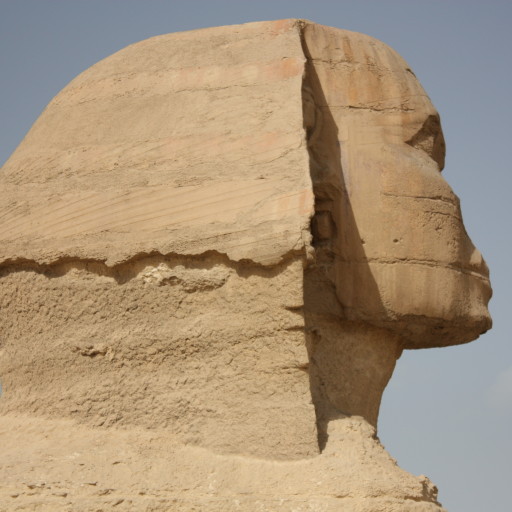Researching Kemet
Eurocentrics have been doctoring images since the advent of photoshop in order to support their view of ancient Kemet. However, I have noticed an increasing trend of people wishing to demonstrate support for an African origin for Kemet doing the same to prove their point. This is entirely unnecessary given the strength of cultural, visual and linguistic evidence to demonstrate that Kemet was an indigenous African culture in every sense. And in producing doctored memes, those who seek to support an African origin do the opposite, because they undermine the solid evidence that exists without their adaptations. In light of this phenomenon, I have been asked recently how I would suggest beginners should go about exploring Kemet within its rightful African context. This is what I would suggest. Other readers may have other ideas and it would be great if you could share these for novices.
Exhibitions
Exhibitions usually follow a theme (there is supposed to be some rationale behind assembly objects in a temporary space). The catalogues or on-line exhibition websites are often a good way to obtain an introduction to a subject. On the Brooklyn Museum of Art website for example is information dating to 2006 , which explores Western interest in Ancient Egypt, and the contribution of African American scholars on Egyptology. Such places and also old catalogues can be a good place to start and second hand copies are often cheap and easy to find. But remember to look at the text critically. Statements should be backed up with evidence to support them. Do not mistake opinion for documented evidence.
Museum on-line catalogues
These are a great source, often with good images and an increasing number of museums are happy for people to download and use high resolution photographs for non-profit activities. Generally, the dates and identification of material is correct. Here is an example.

First thing to note is that the statue does not have a provenance (excavation site). It was purchased on the art market with a museum fund (Charles Edwin Wilbour Fund). This means that it could of course be a forgery. Next is the date, which is Ptolemaic and around 50 BCE. This is perfectly reasonable; I would probably date it the the century before because of the style of hair, which has parallels during the reign of Ptolemy VI but the period is certainly correct.
The material, here a stone known as Diorite is listed. Museums sometimes get the exact stone incorrect, because some of the Kemite stones look very similar to the eye.
The description. These vary and can be subjective and are often outside of a wider African context. Here, you will note the author makes a distinction between indigenous Egyptians and Greeks. They often include information about the condition of the object and if there are any restorations that may not be noticeable from the photograph.
References. Finally, this head has been in 3 exhibitions, which are listed alongside links to their pages. So, if you were interested in similar material this they would be a good place to go. Some on-line catalogues also contain a bibliography or reference list of publications that have included an object.
An African context
There are some on-line resources that combine material from Kemet and the rest of the African context. Triumph, Protection & Dreams was an exhibition that I co-curated a number of years ago. It explored similarities in use and design of headrests in East Africa and there remains a dedicated site showing the items that were on display. If museums don’t offer this facility then you can undertake the research yourself, by using the on-line resources for contemporary African cultures. Rather than selecting a department or culture you could search generically for ‘head rest’ and obtain a range of different dates and cultures, which you can then compare.
Most museums will not stress the African origin of material from Kemet, or offer an interpretation within a African-centered framework. However, having access to material that is not even displayed through the digitisation of collections is an invaluable resource for those wishing to explore Kemite material culture. You just need to be able to work around the framework and build up your own library of parallels from elsewhere in Africa.


one thing that i found amazing was your hair picks display and the amazing thing is when i was researching the Beja people they still wear afros and walk around with the exact style of hair combs like the ancients i really believe the beja are the closest to ancient Egyptians well ever see
Thank you Sam. I recall seeing photographs of the Beja people wearing combs in their hair. Do you have any links to preferred parallels for the readers?